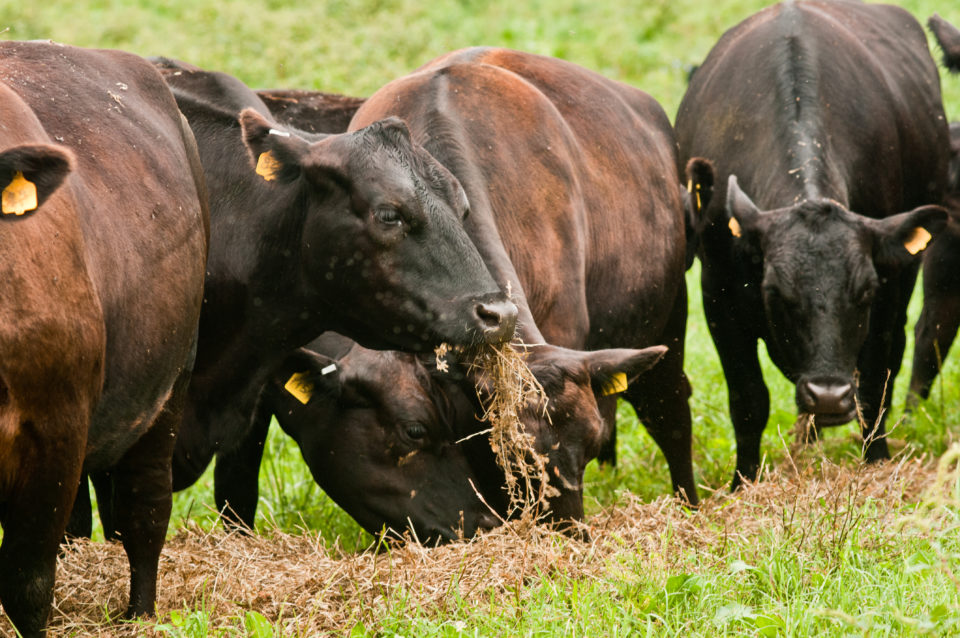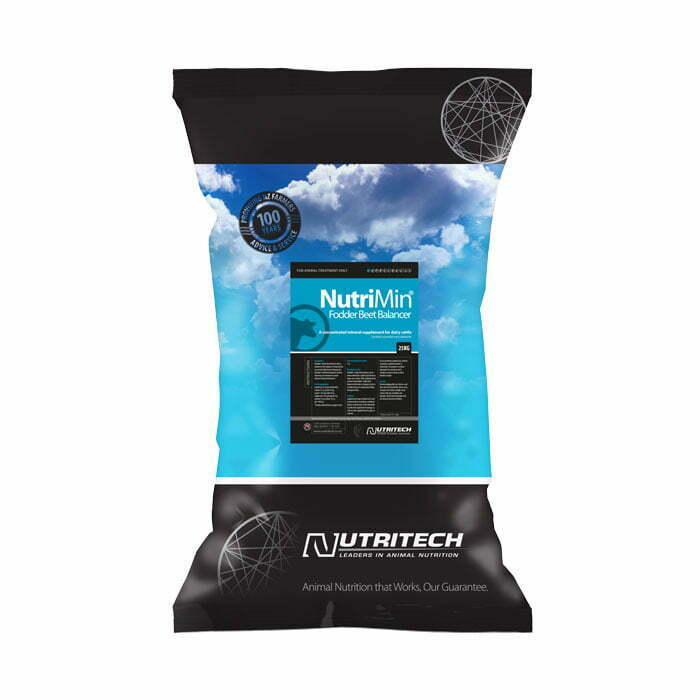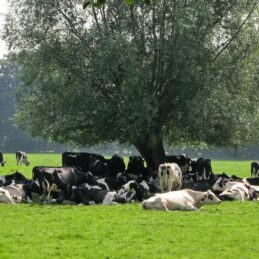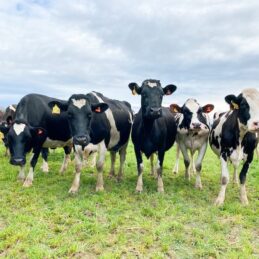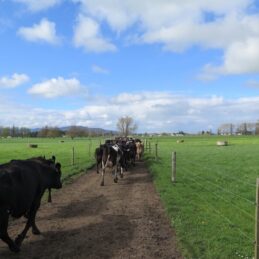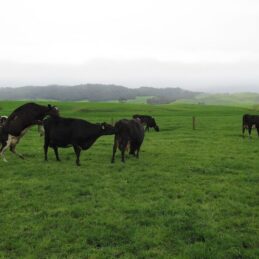Farmers are faced with some difficult financial and management decisions during low milk price cycles; one option being to cut costs, particularly inputs. This may help achieve a short term goal of balancing cash flow, but may adversely affect production and profitability later on.
One needs to be careful with cutting inputs that directly affect production, and as Keith Woodford (former Professor of Farm Management & Agribusiness, Lincoln University) recently noted; “The best farmers have an equal focus on both the numerator (input costs) and the denominator (milk solids production), and it is all about getting the balance right.” Recent Dairy Business of the Year Competition data shows the best high input farms don’t necessarily have high costs of production (/kg MS).
There has been a lot of comment recently suggesting that dairy farmers cannot run profitable dairy farms with milk prices as low as $4.50, based on average industry cost of production figures. The problem with averages is they include the full range of farms from the most to least profitable, so cannot be used as the basis for individual farm decision making. Also, a big factor in cost of production can be debt servicing, which is not evenly distributed throughout the industry.
The “Budget Case Studies” in the Dairy NZ website provide examples of top performing farmers nationwide with about $3.50/kg MS costs of production, covering the range of Systems 2 – 5. The key in all well run businesses is attention to detail across every aspect of the farms, and NOT the System, farm size, production/cow (310 – 540 kg MS/cow), or amount of bought in feeds or supplements.
Dairy farmers that are forced to adjust spending tactically, should not make cuts in their transition programme (4 weeks pre- & post-calving), as it is a critically important period, where as much as 80% of disease costs are generated, and 4% of cows are involuntarily culled from herds. The cost per downer cow (clinical) has been calculated at $1,500, which includes lost production from sub-clinical cases, and increased susceptibility to other diseases.
The transition period sets cows up for lactation and getting back into calf, so time and money spent getting it right provide the greatest return on investment during the annual cycle. It is worth investing in products containing nutrients that help support good liver function, health and fertility, such as key vitamins, organic trace minerals and rumen modifiers.
As featured in NZ Dairy Farmer

